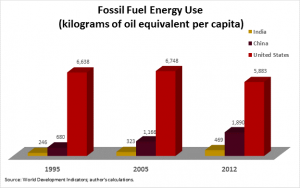Obama Announces $98.1 Billion More Transportation Spending Waste
A major portion of the Administration’s proposed new transportation spending — 21st Century Clean Transportation Plan — is a series of proposals to expand transit systems (31 rail, bus and streetcar systems in 18 states costing $3.5 billion), revive the failed high speed rail initiative, modernize freight systems and provide grants to regional authorities to implement innovative “clean” technologies and “green” transportation programs. This new transportation spending is expected to cost $98.1 billion in just FY 2017.
The President just recently signed a groundbreaking transportation bill — the Fixing America’s Surface Transportation Act or FAST Act — that gave a longer temporary partial solution for the nation’s transportation infrastructure. However, the Fast Act and the new transportation proposal both fail to address several key problems with the Highway Trust Fund and the federal gas tax.
The new administration budget for transportation is a 60% increase over the current annual spending level. To partly pay for the new spending, the Administration is calling for a $10 per barrel tax on oil or a 25 cent/gallon increase in the price of gasoline at the pump which is estimated to bring in $650 billion over a decade.
Despite this, the administration’s budget request was declared dead even before its arrival on Capitol Hill, just like most of Obama’s previous transportation budget proposals.
